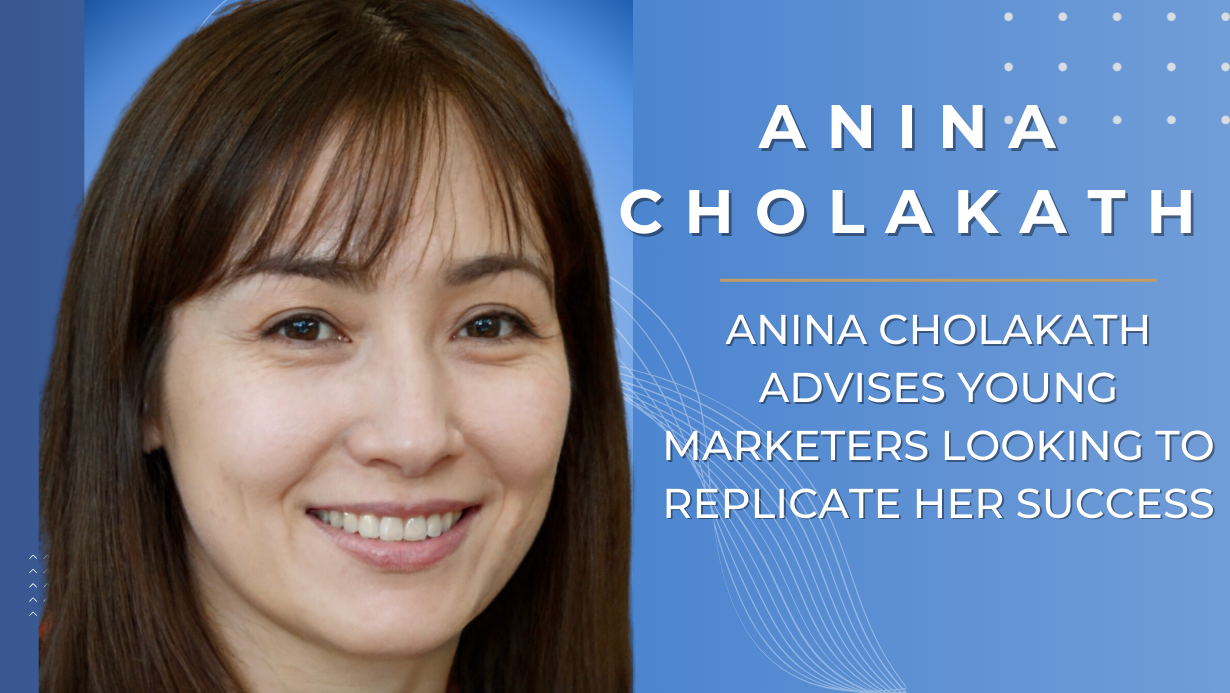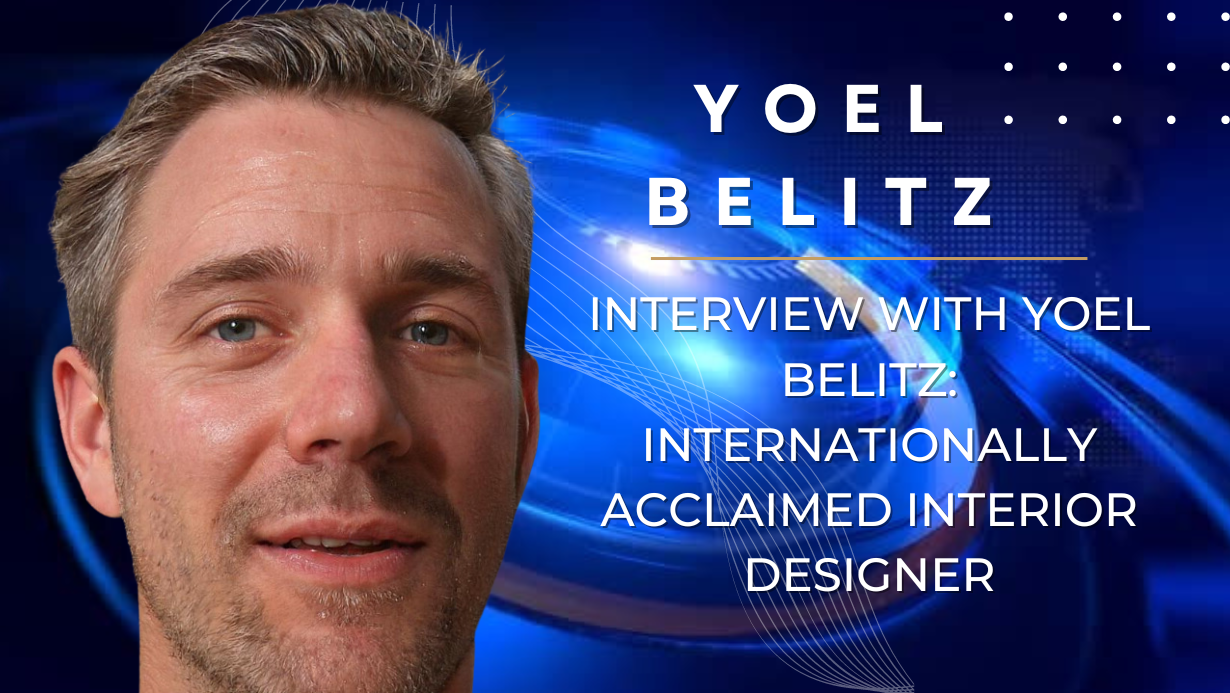Copyrighted by Gitte Randrup
Are you a leader who is tired of making decisions that your reports could just as well make themselves? And would you like to have more time for (management) duties other than being the decision-maker? If you start turning toward the 365-degree leadership style, it may result in more enterprising employees who develop. This is because management resources are present everywhere within employees and not just hierarchically, where we traditionally expect to find them.
Gitte Randrup of GR Consult talked to organizational and management consultant Heidi Graff, of Interplay, on how your organization can start performing better if you let management take place horizontally as well as with your employees
Entering into dialogue and not rising to the occasion
Graff recommends that you start by redefining yourself as a facilitator of decision-making processes—to be the one mobilizing ideas and initiatives that could otherwise be lost if you’re the primary initiative and decision-making person. It’s as simple as asking more questions when your reports come to you with issues. In this way, they’re forced to come up with solutions themselves, as they’re the ones who know the most about the issue.
Even if you’re talking to a project manager who is presenting an issue you’ve heard about several times before, and the solution is obvious to you, Graff urges you to pull back. The employee might have a solution that’s even better than the one you’ve been using for years. If you find this practice difficult because you have a high degree of control, start with small, unimportant decisions.
Find your Values
You may think that 365-degree management will be a big challenge and that it’ll be difficult to shift a lot based on the person you’re facing. But it won’t, Graff says, if you’re aware of your leadership values. They’ll be your guideline every time a report is facing an issue, as you’ll enter the different situations and see what type of person you’re facing.
This requires you to change your mindset and start acting out a leadership value: that all people may be part of finding a solution. This often happens when you cooperate with others instead of believing that you’re on your own. If you succeed with this, you’ve created a good foundation for 360-degree management. It’s also important to not let yourself be controlled by the irritation we all experience when things are not done in the way we like and know. When you invite others to come up with initiatives and solutions, you should expect to be challenged on your thinking, says Graff.
It’s difficult to create 365-degree management if you’re rewarded for performance yourself, as this is in opposition to creating powers of initiative in others. Your culture must focus on the advantages of creating more inventive employees. Graff recommends that you challenge your manager and/or management group on a culture change. It’s also a question of how and if your management ideology fits your workplace. You may find it difficult to change very old company culture. However, it doesn’t have to be tough, says Graff, who recommends starting with small steps regarding the way you talk about challenges. For example, saying, “We’re in the process of finding more alternatives to…” is a better starting point than “We’ve handled this issue like this and that.”
Take a look at the onboarding of new employees
In many workplaces, the onboarding process focuses on socializing new employees in the organization of which they’re now part—to teach them “how we do things around here.” Many people have been corrected or rapped on the knuckles because they inadvertently did or said something that was not the custom in the workplace. But, Graff says, we need to stop doing this if we want organizations with innovative employees, as it conflicts with the practice of asking more questions rather than giving more answers. For instance, we can start letting new hires assess the workplace and suggest improvements that we’re candidly interested in hearing. Here, the experienced employees need to resist saying, “We tried this already and went back to the old procedure.” If we want innovation, we need to take an open approach and listen more.
Don’t give the excuse that you are busy and don’t have enough time
You may think that you don’t have the energy and time to change your leadership style. But Graff won’t accept that excuse. If you don’t invest in helping your reports make their own decisions, they’ll probably knock on your door as often as they currently do, as you haven’t trained them to make their own decisions. She also challenges us to break with the standard reply, “I’m (very) busy,” because if you always say that, the phrase loses its power. And what is it worth if we’re all striving for constant economic growth that requires us to be more and more efficient? Consider whether you engage in more and better tasks when you’re busy.
Do you worry that 365-degree management will involve a great deal of opposing acts that end in more confusion than good, now that the initiative and decision-making power will be with more people? According to Graff, it doesn’t have to be that way. Of course, it requires some work to create a strong unifying narrative and direction, plus a continuous dialogue about handling duties in the best way possible. There are several ways to achieve this, and if your reports find that they’re included in the process of finding different proposals for solutions, then you’ll succeed—maybe not in the way you thought, but most likely in a better way. And all other things being equal, you’ll create a better working environment and better-functioning organizations, as far more employee ideas and initiatives will come into play. These are resources that otherwise wouldn’t be lived out. ~Gitte Randrup

Interplay organizational and leadership development is built on the idea, that it is in the micro life of the organization you can find gold. Organizational development and leadership development with social/relational capital as a concept is at the heart of our consultancy. Strategy realization is at the agenda and the process in getting better success is found in the focus on the everyday communication and narrative of the organization. Heidi Graff is owner and consultant/facilitator and has more than 25 years of experience with developing organizations. Her ambition is to support leaders and organizations to work in a more sustainable way with a strong drive towards exploring new and better ideas together. FB: Heidi Graff












